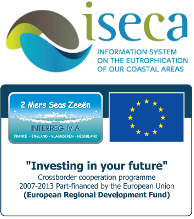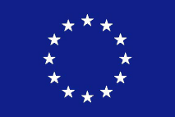| [ report an error in this record ] | basket (0): add | show |
 |
| Variability in specific-absorption properties and their use in a semi-analytical ocean colour algorithm for MERIS in North Sea and Western English Channel coastal waters Tilstone, G.H.; Peters, S.W.M.; van der Woerd, H.J.; Eleveld, M.A.; Ruddick, K.; Schönfeld, W.; Krasemann, H.; Martinez-Vicente, V.; Blondeau-Patissier, D.; Röttgers, R.; Sørensen, K.; Jørgensen, P.V.; Shutler, J.D. (2012). Variability in specific-absorption properties and their use in a semi-analytical ocean colour algorithm for MERIS in North Sea and Western English Channel coastal waters. Remote Sens. Environ. 118: 320-338. http://dx.doi.org/10.1016/j.rse.2011.11.019
|
| Available in | Authors |
| |
| Keywords |
ANE, North Sea [Marine Regions] Marine/Coastal |
| Author keywords |
|
| Authors | Top | |
|
| Abstract |
|
| Top | Authors |













